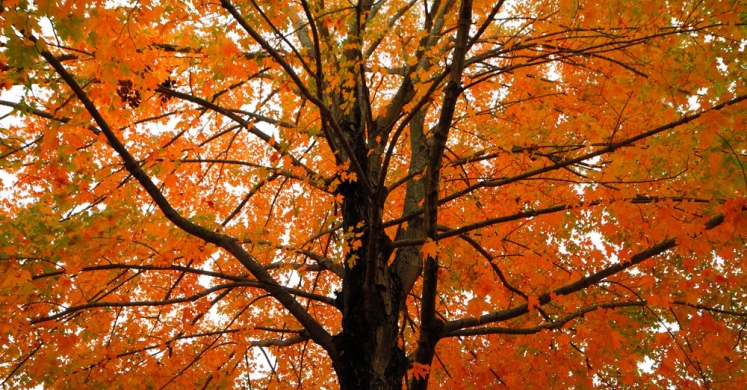Blog

#bioPGH Blog: Fall Foliage
 A resource of Biophilia: Pittsburgh, #bioPGH is a weekly blog and social media series that aims to encourage both children and adults to reconnect with nature and enjoy what each of our distinctive seasons has to offer. From the best times to plant seasonal flora and enjoy their peak blooms, to astronomical events and creatures to keep an eye and ear out for, Phipps will keep you in the know with what’s going on in our environment!
A resource of Biophilia: Pittsburgh, #bioPGH is a weekly blog and social media series that aims to encourage both children and adults to reconnect with nature and enjoy what each of our distinctive seasons has to offer. From the best times to plant seasonal flora and enjoy their peak blooms, to astronomical events and creatures to keep an eye and ear out for, Phipps will keep you in the know with what’s going on in our environment!
One of the most anticipated highlights of fall across the Northeast is the changing of the leaves from their summer greens to the warm crimson and gold hues of autumn. Whether you’re driving on the Pennsylvania Turnpike or simply passing through the city, you’ll soon start to notice the vivid fall foliage pallet as we approach peak leaf pigmentation, which is predicted to occur from Mon., Oct. 5 – Wed., Oct. 21 for western Pa. What causes this seasonal color change in our northeastern plant species? As the days become shorter and temperatures cool, chlorophyll production slows down and eventually comes to a stop allowing for carotenoids, the pigments responsible for yellow and orange colors, and anthocyanins, the pigments responsible for red and purple colors, to appear. These pigments aren’t just unique to leaves, however. Carotenoids are also responsible for giving corn, carrots, bananas and buttercups their coloration while anthocyanins give color to cranberries, blueberries, red apples, grapes and strawberries!
Connecting to the Outdoors Tip: Did you know that certain colors are characteristic of particular species? For instance, red maple’s leaves turn scarlet in color while black maples turn a golden yellow! Get kids outside this fall by having them be “leaf detectives” and help them identify unique foliage features particular to different species of trees. Fall foliage is perfect for natural arts and crafts supplies. Help little ones gather leaves and other plant materials of varying shapes, sizes, and colors to construct nature mosaics right outside, no cleanup required! If you’d like to simply enjoy the view that the changing seasons have to offer, consider taking a day-trip to the Allegheny Mountain range for some sightseeing and fresh air.
Continue the Conversation: Share your nature discoveries with our community by posting to Twitter and Instagram with hashtag #bioPGH, and R.S.V.P. to attend our next Biophilia: Pittsburgh meeting.
Additional Resources:
Fall Foliage Prediction Map
USDA Forest Service – Why Leaves Change Color

